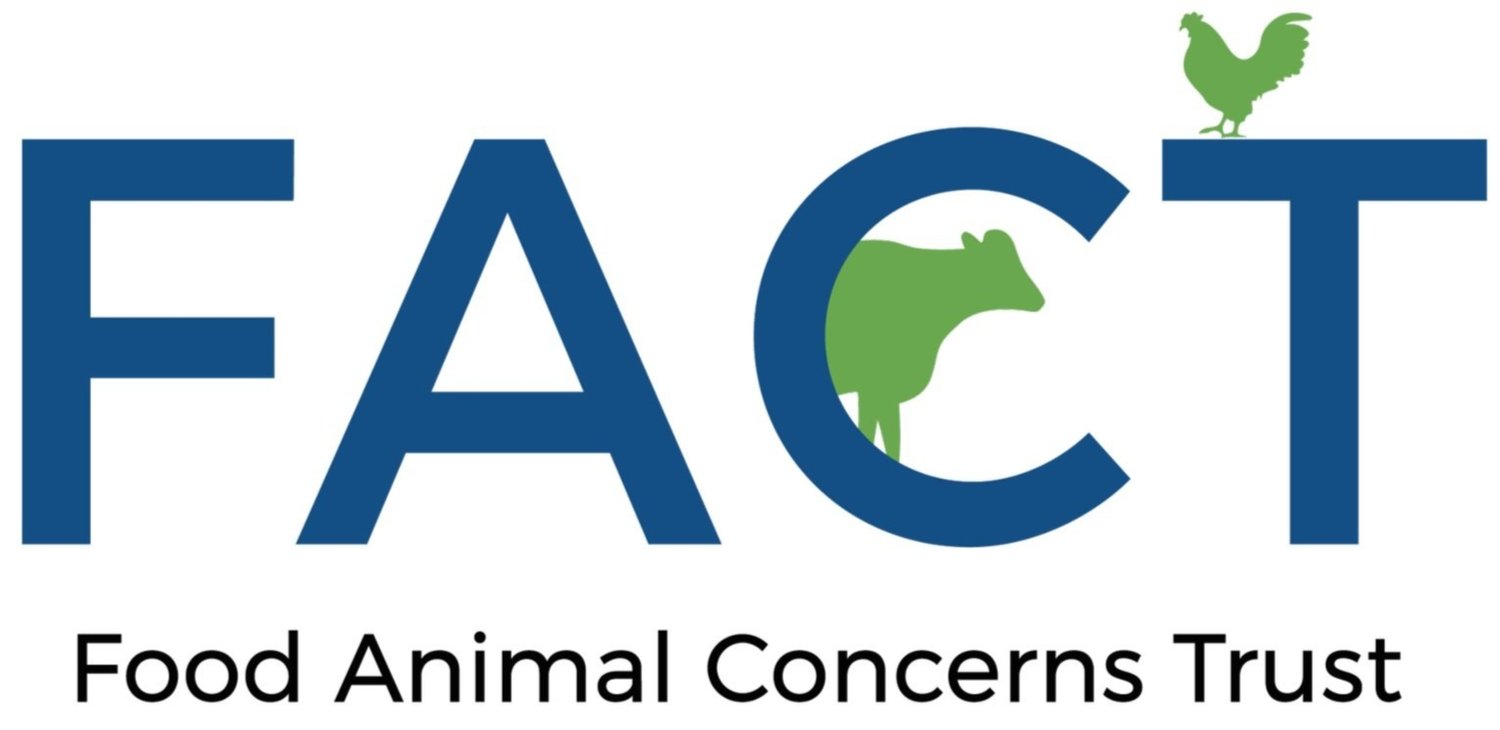Time for the USDA to require meat companies to clean up the source of deadly Salmonella - the factory farms
By Steve Roach, Safe and Healthy Food Program Director
The way in which we raise animals directly impacts our health. Animals raised in unhealthy and stressful conditions are more likely to get sick and carry bacteria and other pathogens that can then make us sick. Animals raised under unhealthy conditions (unhygienic, overcrowded, stressful living conditions) are also more likely to receive antibiotics to reduce the problems caused by the poor conditions. This type of antibiotic use makes those bacteria more resistant to antibiotics, and when these resistant bacteria spread to humans, treatment becomes much more difficult.
Salmonella is one of the bacteria that gets transferred from animals to people that then makes people sick. While meat is a common source of Salmonella, you do not have to eat meat to get infected with the bug. Waste from factory farms can contaminate surface waters that are used to irrigate crops. Wild animals can carry Salmonella from factory farms to vegetable farms and orchards. Restaurants and grocers can cross-contaminate vegetables and other food with Salmonella on contaminated meat
The Centers for Disease Control and Prevention (CDC) estimates that 1.35 million illnesses are caused by Salmonella in the U.S. each year and 26,500 people get hospitalized from it. Remember those antibiotics given to animals to counter the unhealthy conditions on factory farms, well the CDC considers the resulting antibiotic-resistant Salmonella superbugs to be a serious health threat. About 212,000 people each year become sick from Salmonella that are resistant to one or more of the drugs used to treat the illness. For decades the government has set targets for reducing the number of people who get sick from Salmonella but has never come close to meeting them.
One problem has been that the U.S. Department of Agriculture (USDA), which is responsible for ensuring the safety of meat, has not required the unhealthy farms - the source of the Salmonella - to clean up their acts. Instead, they have focused on requiring slaughter plants to pour chemicals on chicken carcasses to kill off the bacteria contaminating them. This does absolutely nothing to address Salmonella in waste runoff from factory farms, and it is not very effective at getting rid of Salmonella on meat. If there is too much Salmonella on the animals when they enter the slaughter facility, then getting enough chemicals on the carcasses to kill off all the bacteria makes the meat inedible.
Earlier this month, the USDA released a draft plan to combat Salmonella from chickens and turkeys that will for the first time require farms to sample flocks for Salmonella before they are brought to the slaughter plant. Then, if the levels are too high or there are types of Salmonella known to cause illness, the slaughter plant will have to take additional steps to reduce the amount of Salmonella. Requirements like this have been standard in Europe for decades. This is definitely a step in the right direction and will get farms that consistently have high levels of Salmonella to improve how they raise animals.
In addition, the proposed plan will create enforceable standards for chicken meat based on how likely the Salmonella is to cause human illness. There are thousands of types of Salmonella but only a few types cause most of those millions of cases of human illness. The USDA will be considering which types of Salmonella to consider prohibiting in meat. One thing FACT would like to have the USDA include is whether or not the Salmonella is resistant to the drugs commonly used to treat serious Salmonella infections. If the CDC considers these antibiotic resistant Salmonella to be serious health threats, maybe we should not let them contaminate meat.
FACT will be writing to the USDA to support requiring testing poultry flocks before they are taken to the slaughter plant and to ask the USDA to take into consideration antibiotic resistance when determining what types of Salmonella to prohibit in poultry.
*You can add your voice to ours by writing to the USDA through FACT’s action center.
*This action is now closed, however, you may visit our action center for a list of active and ongoing campaigns.
